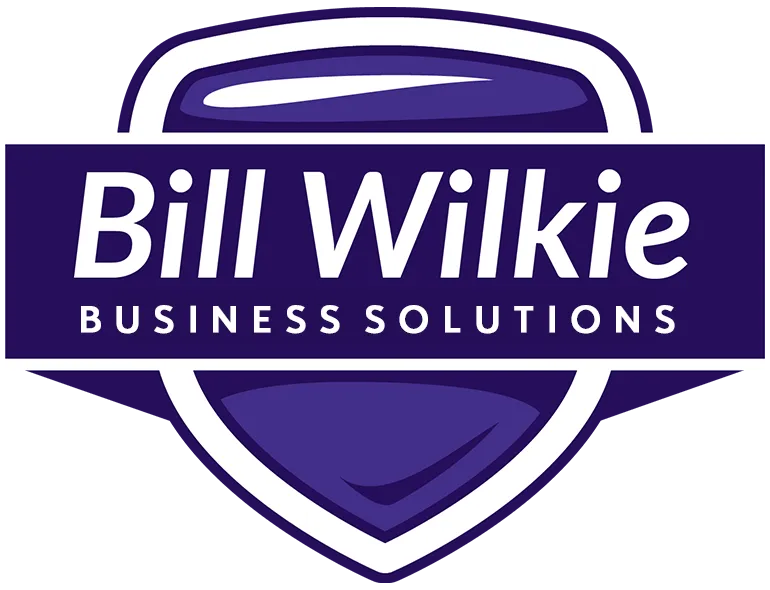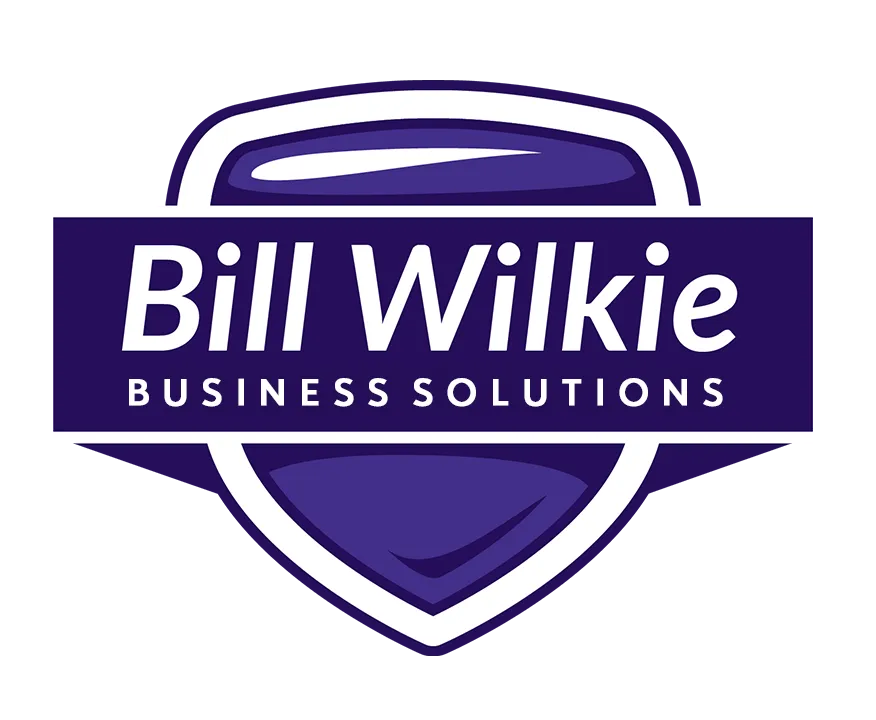
Decoding the Complexities of WIMPER: A Blueprint for Strategic Payroll Optimization
The WIMPER program stands as a blueprint for businesses seeking to optimize payroll expenses while delivering unparalleled health and wellness benefits to employees. At its core, WIMPER combines four legal frameworks: a Section 106 Wellness Plan, a Section 125 Cafeteria Plan, a Section 105 Self-Insured Medical Reimbursement Plan (SIMRP), and a qualified health plan. This structured approach addresses the dual challenges of rising payroll liabilities and increasing employee expectations for comprehensive benefits.
One of the most significant features of WIMPER is its reliance on the Section 106 Wellness Plan. This provision enables wellness initiatives to qualify for pre-tax treatment, reducing the overall taxable income for employees and employers alike. Complementing this is the Section 125 Cafeteria Plan, which allows employees to select from a suite of benefits funded through pre-tax salary deductions. These deductions lower the employer's tax obligations while preserving employee take-home pay.
The Section 105 Self-Insured Medical Reimbursement Plan serves as the linchpin of WIMPER’s strategy. By self-funding medical reimbursements, employers retain control over costs while ensuring compliance with non-taxable reimbursement protocols. Actuarial adjustments, administrative adjudication, and fiduciary oversight play critical roles in managing the financial and regulatory aspects of SIMRP.
To ensure compliance with healthcare regulations, WIMPER incorporates a qualified health plan that satisfies ACA requirements. This ensures that businesses avoid penalties related to minimum value standards while providing comprehensive coverage to employees. The seamless integration of these four components creates a fiscally sound structure that benefits all stakeholders.
In a competitive business environment, WIMPER offers a clear advantage: reduced payroll expenses, enhanced employee satisfaction, and unwavering compliance with legal standards. By decoding the complexities of tax optimization, businesses can implement a strategy that is both transformative and sustainable.



